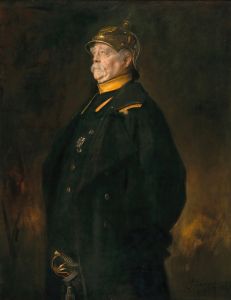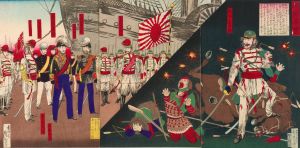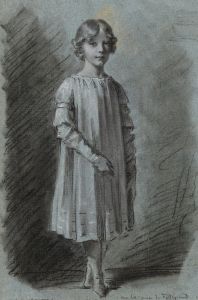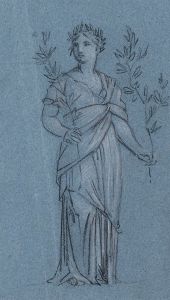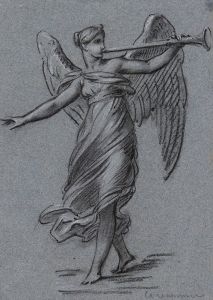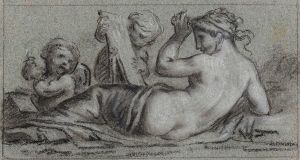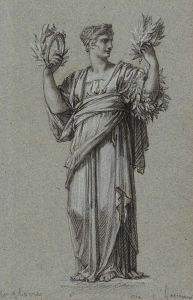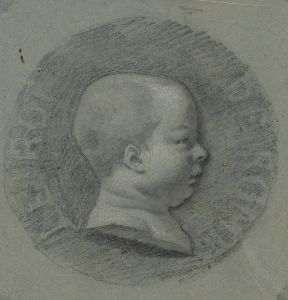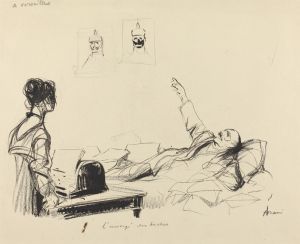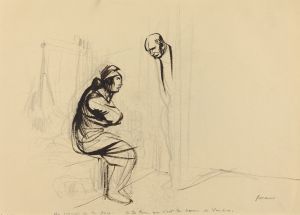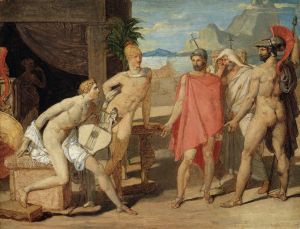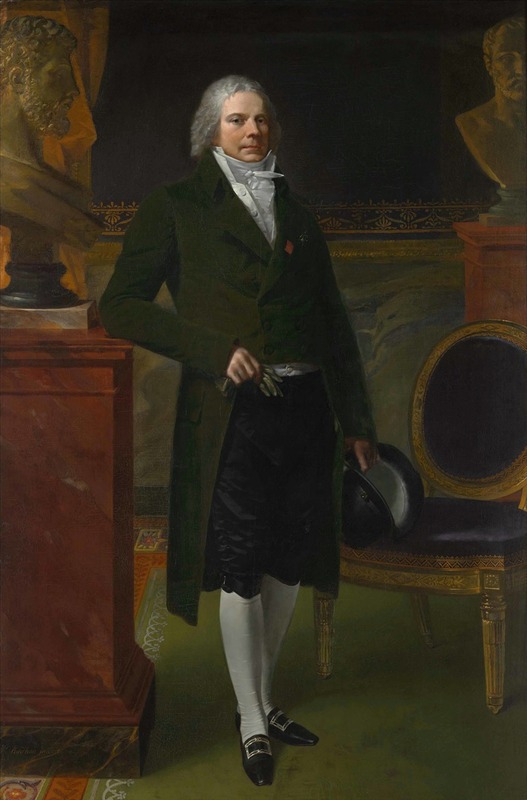
Charles Maurice de Talleyrand Périgord , Prince de Talleyrand
A hand-painted replica of Pierre-Paul Prud'hon’s masterpiece Charles Maurice de Talleyrand Périgord , Prince de Talleyrand, meticulously crafted by professional artists to capture the true essence of the original. Each piece is created with museum-quality canvas and rare mineral pigments, carefully painted by experienced artists with delicate brushstrokes and rich, layered colors to perfectly recreate the texture of the original artwork. Unlike machine-printed reproductions, this hand-painted version brings the painting to life, infused with the artist’s emotions and skill in every stroke. Whether for personal collection or home decoration, it instantly elevates the artistic atmosphere of any space.
Pierre-Paul Prud'hon was a renowned French painter known for his distinctive style that combined elements of Neoclassicism and Romanticism. Among his notable works is the portrait of Charles Maurice de Talleyrand-Périgord, a significant figure in French history. Talleyrand was a skilled diplomat and politician who played crucial roles during the French Revolution, the Napoleonic era, and the Bourbon Restoration. His influence and political acumen made him a prominent subject for artists of his time.
The portrait of Talleyrand by Prud'hon captures the essence of the man who was often described as enigmatic and shrewd. Prud'hon, known for his ability to convey psychological depth and subtlety in his portraits, approached this work with an eye for detail and a sensitivity to his subject's complex character. The painting is believed to have been completed in the early 19th century, a period when Talleyrand was at the height of his political power.
In the portrait, Talleyrand is depicted with a composed and thoughtful expression, reflecting his reputation as a master diplomat. Prud'hon's use of soft lighting and delicate brushwork highlights Talleyrand's facial features, giving the portrait a lifelike quality. The background is understated, ensuring that the focus remains on Talleyrand himself. This approach is typical of Prud'hon's style, where the subject's personality and status are emphasized through subtle artistic techniques rather than overt symbolism or grandeur.
Prud'hon's choice to portray Talleyrand in a dignified and reserved manner aligns with the diplomat's public persona. Talleyrand was known for his ability to navigate the turbulent political landscape of his time with tact and intelligence. His career spanned several regimes, including serving as Foreign Minister under Napoleon Bonaparte and later playing a key role in the Congress of Vienna, which reshaped Europe after the Napoleonic Wars.
The portrait not only serves as a representation of Talleyrand's physical appearance but also as a reflection of his enduring legacy in European history. It is a testament to Prud'hon's skill as a portraitist, capturing both the likeness and the essence of one of the most influential figures of the era. The painting is an example of how art can intersect with history, providing insight into the personalities who shaped the world.
Today, the portrait of Charles Maurice de Talleyrand-Périgord by Pierre-Paul Prud'hon is appreciated not only for its artistic merit but also for its historical significance. It remains a valuable piece for both art historians and those interested in the political history of France. The work exemplifies Prud'hon's ability to convey the complexities of his subjects, making it a noteworthy contribution to the canon of portrait painting in the 19th century.





